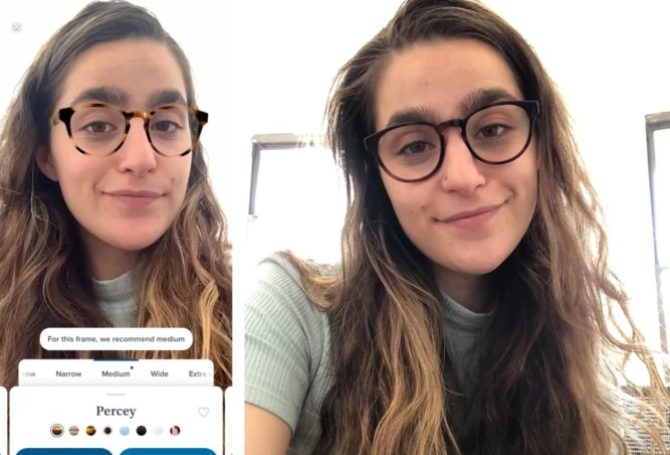
If you aren’t planning, experimenting or considering virtual experiences as part of your marketing mix, you may be missing a sure bet to appeal to a new breed of consumers.
During the pandemic, many people became familiar with virtual meetings, events and church services. People tour homes for sale virtually. Tourists take virtual vacations. A surprising number of brands use augmented reality to market products.

However, virtual experiences don’t always have to occur on a grand scale. Take, for example, Target’s in-store display that allows customers to “try out” different shades of lipstick virtually, without fuss or a mess.
Warby Parker allows customers to try on and size eyeglasses or sunglasses virtually via an iPhone app rather than order samples delivered to their home, which then must be returned. The app also allows virtual eye exams that can potentially speed new prescription glasses.
Neura Health operates a virtual migraine clinic to track migraine headaches in real time and enable personalized treatment from a neurologist.
Independent bookstores, wine shops and specialty product retailers have ditched chatbots and instead offer virtual personal shopping experiences facilitated by in-store personnel who help online shoppers find and “inspect” products. Event planners offer clients digital descriptions of decorations and digitized custom garments such as wedding dresses.
Companies have hired virtual briefing and customer experience managers to create virtual contact that augments or even replaces in-person and on-site interaction, with the goal of seamless, omnichannel engagement.
Virtual Reality offers an even more immersive customer experience, allowing pre-purchase interaction with products and services. The rise of the metaverse and augmented reality open wider vistas for deep virtual experiences.

This may cause flashbacks to The Jetsons, Hanna-Barbera’s animated family that lived in the “future” supported by robotics, holograms and whimsical inventions. The 1960s sitcom kept in touch with the outside world via a televiewer, which allowed the Jetsons to stay in touch with this omnipresent virtual assistant.
Virtual assistants and experiences aren’t exactly new, just more refined, which is the reason why contemporary marketers should be catching up with the Jetsons.
A good place to start is analyzing customer friction points. What do they dislike about researching your product and how can you overcome that friction point? Target’s lipstick virtual experience is a perfect example. Trying it out is the best way to see if a lipstick shade is right for you. Physically applying different lipstick shades is awkward and messy. Virtual applications are easy. You can even adjust the lighting.
Once you identify customer friction points, the next step is brainstorming how to smooth them out. Like any creative enterprise, doodling can be useful, revealing and inspiring. Digital technology may defy doodles, but the role of the doodle is to pinpoint an idea for a virtual experience.
Converting a raw idea into a virtual experience typically requires a real-life digital assistant (or engineer) to make it a reality. The solution could be as straightforward as an app.
Beating the competition can be powerful motivation to start the virtual experience exploration process. Starting the exploration process should be considered survival training to avoid being late to a virtual experience party under your competitor’s logo.
A good place to start is analyzing customer friction points. What do they dislike about researching your product and how can you eliminate that friction point?
To prepare for brainstorming, warm up your brain cells by watching some science fiction – the product of someone else’s productive brainstorming. Or, you could just view old episodes of The Jetsons to get new ideas. Some of the innovations enjoyed by the Jetsons (and created by cartoonists) include video calls, robotic vacuums, tablet computers, automated house helpers, flying cars, smart watches, drones, holograms, 3D printed food, jetpacks, telemedicine and flat-screen TVs.
If cartoonists could “invent” all that 60 years ago, you should have confidence you could come with a contemporary idea to make the customer journey to your front door easier and more engaging.
If you don’t think ahead, you might wind up as The Jetsons’ television alter-egos, The Flintstones, who were forced to get around on Fred’s foot power.




